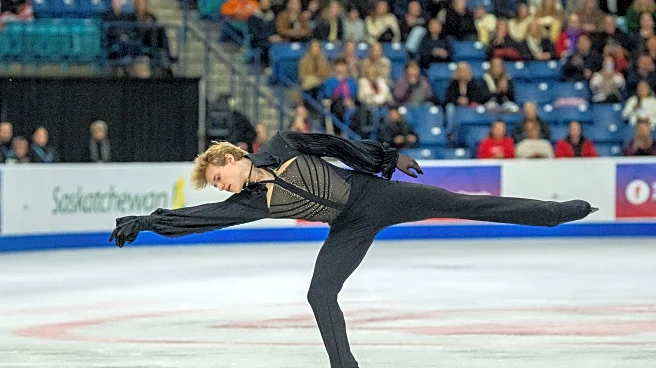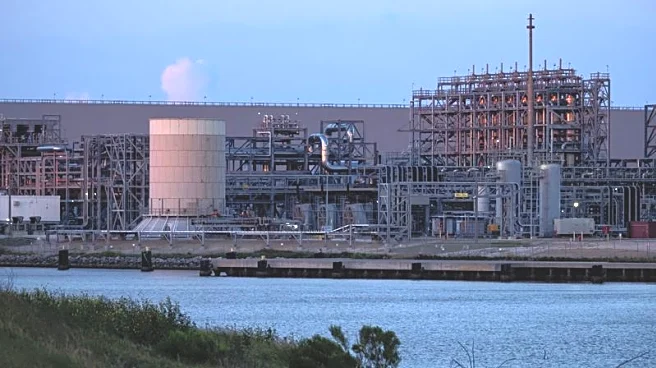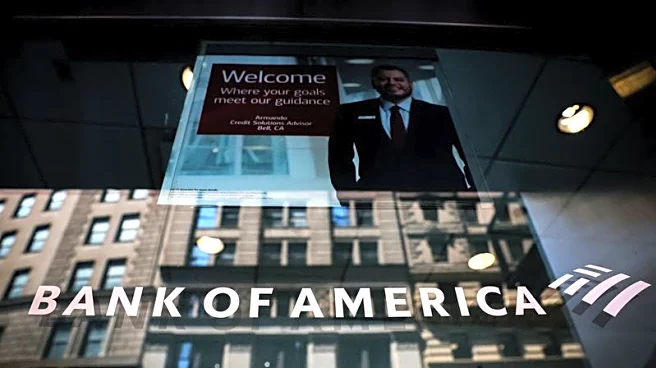What's Happening?
Tina Kim Gallery in New York is hosting a significant exhibition titled 'Lee Seung Jio: Nucleus in Resonance,' which runs until November 8, 2025. This exhibition highlights the defining 'Nucleus' series
by Lee Seung Jio, a prominent figure in Korean postwar abstraction. The series, developed from the late 1960s until Lee's death in 1990, explores the concept of the 'nucleus' as a perceptual engine, inspired by the Space Age's expanded horizons. The exhibition includes the first U.S. presentation of Lee's black paintings, Nucleus 78-23, 78-24, 78-25, and 78-26, which are installed together in the gallery. These works reflect Lee's unique 'mechanical aesthetic' and his contribution to Korea's avant-garde art scene.
Why It's Important?
The exhibition is significant as it brings attention to Lee Seung Jio's contributions to Korean postwar abstraction and his unique approach to art. By showcasing his work in New York, the exhibition provides an opportunity for a broader audience to engage with Lee's art, which is characterized by its optical inquiry and industrial modernity. This event underscores the growing recognition of Korean artists in the global art scene and highlights the importance of preserving and promoting diverse artistic legacies. The exhibition also reflects Tina Kim Gallery's commitment to advancing international and Asian-diasporic art practices.
What's Next?
The exhibition is expected to foster further interest in Lee Seung Jio's work and Korean postwar abstraction. It may lead to increased scholarly attention and potential collaborations between international galleries and Korean artists. The exhibition could also inspire future retrospectives and studies on Lee's influence on contemporary art, both in Korea and globally. As the exhibition continues, it may attract art collectors, historians, and enthusiasts, potentially influencing market trends and the valuation of Lee's works.
Beyond the Headlines
Lee Seung Jio's work offers a unique perspective on the intersection of art and industrial modernity, challenging traditional Western narratives in art history. His 'mechanical aesthetic' and focus on optical illusions provide a distinct alternative to the dominant art movements of his time. The exhibition invites viewers to reconsider the role of technology and industrialization in shaping artistic expression, offering a dialogue between Eastern and Western art traditions. This could lead to a reevaluation of the contributions of non-Western artists to global art history.













